Top 8 Tips to Manage Your Hospital Optimally: With and Without Software
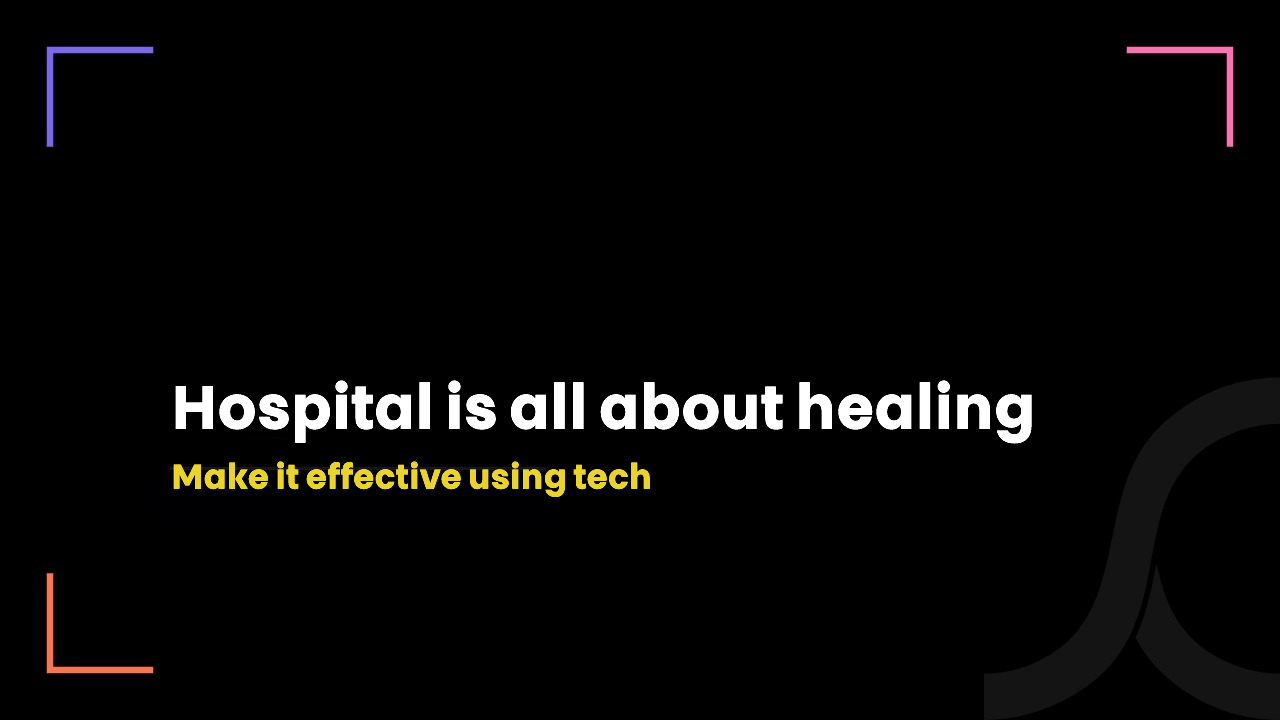
8 months ago
There are approximately 2,00,000+ hospitals worldwide.
Most of them struggle with effective patient, documentation, and communication management.
Abcnews reports that over 50% of physicians are experiencing burnout from overwhelming paperwork and administrative duties.
This heavy workload impacts both clinical and administrative staff, making their jobs increasingly difficult.
We surveyed 30+ hospital stakeholders, and the consensus was clear;
There’s a strong desire to simplify clinical and administrative processes.
The goal is to alleviate the burden on healthcare staff and enhance patient care.
What Makes Hospital Management Effective?
In Simple Terms:
- Delivering the ideal patient care experience and outcomes.
- Avoiding high work burdens on medical and administrative staff.
In Technical Terms:
- Performing all clinical and business tasks efficiently.
- Maintaining operational and medical cost-effectiveness.
- Ensuring high quality of care.
- Prioritizing the well-being of healthcare staff.
The Benefits of Effective Hospital Management Workflows
Its major benefit is that – it gives all the data in one place that allows medical staff to focus on the patient care experience effectively and efficiently.
Apart from that, it
- Helps to streamline all the clinical and administrative tasks
- Improves the patient care experience, safety, and satisfaction
- Helps in lowering unnecessary clinical hours
- Ensures operation efficiency without compromising the quality of care, costs, and time
- Lowers the chances of medical errors
- It also helps in reducing the burnout of the healthcare staff.
- Helps medical staff to communicate in a faster, more effective, and more efficient manner
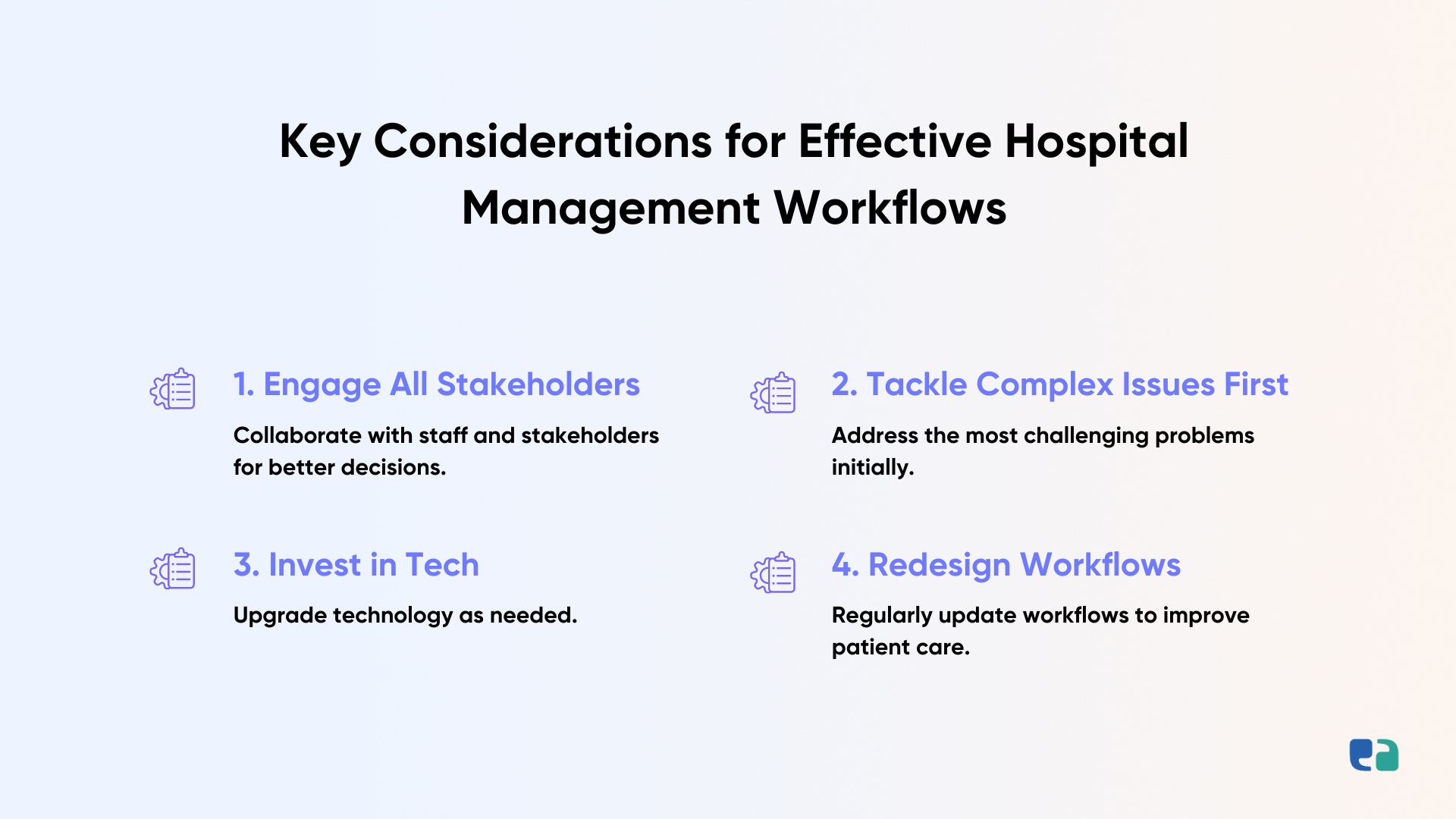
8 Best Practices for Effective Hospital Management With and Without Software
1. Streamline Patient Intake and Transfer Processes
If we look around, all these processes require tons of paperwork and long conversation which is time-consuming and costly.
But here is how almost 60% of the hospitals are avoiding it.
- Online patient intake
It is the smoothest way for patient intake because – by using just an app or software, patients can easily fill up the intake form before coming to the hospital.
This will help them avoid the waiting room hassles.
Similarly, it also eliminates the need for manual data entry for healthcare professionals.


- Discharge planning before or during admission
Discharge can be frustrating due to poor planning.
Creating a discharge plan during or before intake helps streamline the process, speeding it up and reducing frustration.
2. Convenient Staff Scheduling
Effective staff scheduling is crucial for quality patient care. Poor scheduling can lead to higher turnover, increased work burden, and higher operational costs.
To streamline scheduling, consider using software. Key steps include:
- Analyze hospital staffing needs.
- Account for staff skills and availability.
- Avoid last-minute changes.
- Offer flexibility in availability management.
- Simplify staff swapping.
- Regularly adjust schedules based on patient needs.
3. Adoption of a Patient Portal to Improve the Patient Care Experience and Satisfaction
A patient portal means – peace of mind for patients as well as the medical staff.
Because it allows patients to be involved in their care by accessing their personal health information and communicating with the healthcare professional.
On the other hand, it helps the care provider to manage all the tasks related to patients such as
- Creating profiles
- Document management
- Sending reminders
And the list goes on and on.
For a better understanding, read the entire blog on patient portal software.
4. Improve Communication in the Entire Ecosystem
Effective communication boosts care quality, reduces errors, and cuts costs.
Use features like team chat and automated notifications to enhance communication.
For better understanding, let’s understand both features with real screenshots of our tech solution for hospital management.
- Internal and external team chat
Users can communicate with internal and external team members via chat.
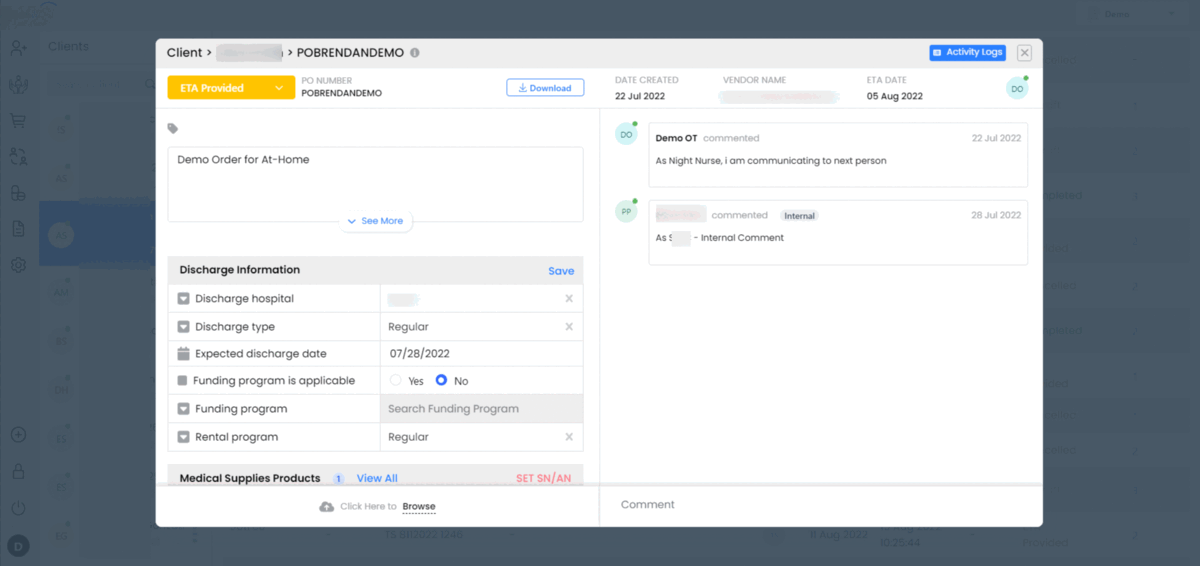
- Notification management system
It gives full flexibility in creating custom SMS and email notification to patients, and internal and external team members for several events.
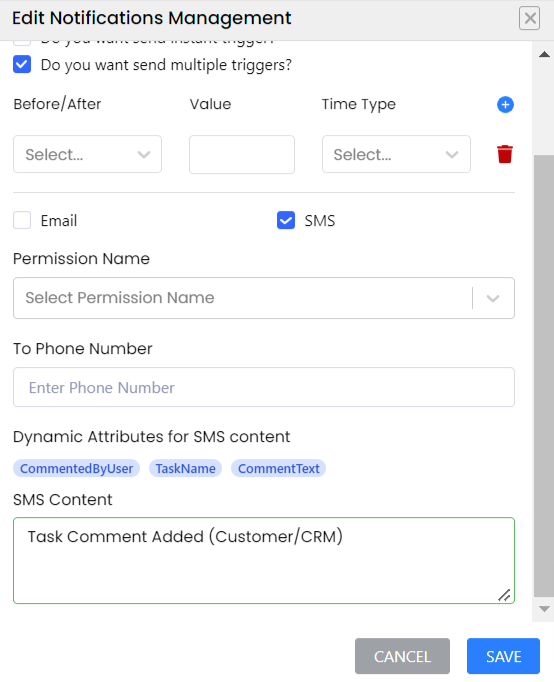
5. Invest in Software if You Can
If you are looking to manage every hospital practice in one place, the software is the best option for you.
We have a future-proof hospital management solution, which you can easily use for your both clinical, as well as, business operations.
Our solution contains all the most common features required for effective hospital management.
Above all, it has no-code capabilities.
Meaning, you can easily configure it as per your workflow within seconds without requiring any coding knowledge.
Talking about the pricing, well, it will give you the ultimate transparency.
Because, unlike SaaS platforms, you don’t need to pay monthly fees for our platform.
Just a one-time fee and get lifetime usage rights for unlimited users.
And here is what our tech solution looks like.
(Please note: These are real screenshots of our solution, but final screens may vary as we customize the product to meet each client’s unique needs.)
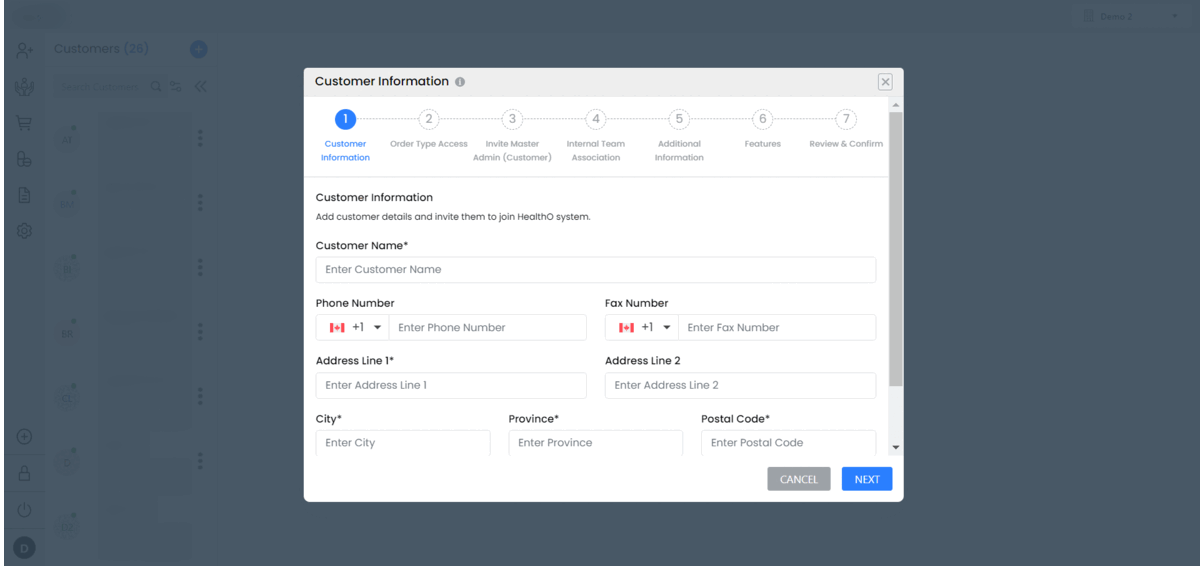
For a better understanding, explore a complete guide on our solution for - hospital management software.
6. Make your Medical Documentation Faster
And here are the two methods you should consider to make it faster and more reliable:
A traditional method:
- Define goals of documentation
- Use bullet points
- Use speech-to-text
- Use templates and phrases
- Don’t copy-paste
- Do pre-charting
- Setting up the favorite order EHR (It saves almost 62 clicks.)
With RPA and AI:
It is a lethal combination to make medical documentation faster for the hospital management system.
Because –
- RPA automates the process and saves up to 80% of your time
- AI algorithms help in detecting errors and identifying the risk potential

7. Integration is the Key
Integration boosts the performance of health tech solutions by eliminating the need for separate systems.
For example, integrating a hospital management system with EMR/EHR lets medical staff handle all related tasks from one platform, saving time, improving efficiency, and reducing errors.
However, integrating different systems can be challenging due to differing functionalities and workflows.
Poor integration can lead to costly and dangerous data transfer issues, especially if handled by non-healthcare IT professionals unfamiliar with clinical workflows and interoperability standards like FHIR and HL7.
To avoid these issues, seek out healthcare-specific IT experts.
- They ensure seamless interoperability.
- They offer compliance expertise.
- They specialize in health tech solutions.
- They simplify software workflows to meet medical and administrative needs.
8. Automate your Repetitive Tasks using RPA (Robotic Process Automation)
What if we tell you something interesting about automation?
The healthcare industry can save $13.3 billion annually, just by automating administrative tasks!
But what is RPA?
It is modern but accessible technology that helps in developing, deploying, and managing software robots that perform tasks just like humans.
For instance, they can do things like manual data entry and extract data – but in a much faster and more precise way than humans.
From saving time and costs to reducing life-threatening manual errors, RPA’s benefits are countless in healthcare.
Are you ready to make your hospital management ‘Work’ for you?
Flawless hospital management is the key to achieving both clinical and business goals.
Remember the more time medical staff will spend with the patients, the more you will be able to analyze, manage, and improve the patient care needs.
And adopting the new technology and integrating the existing one, are the best practices for it.

